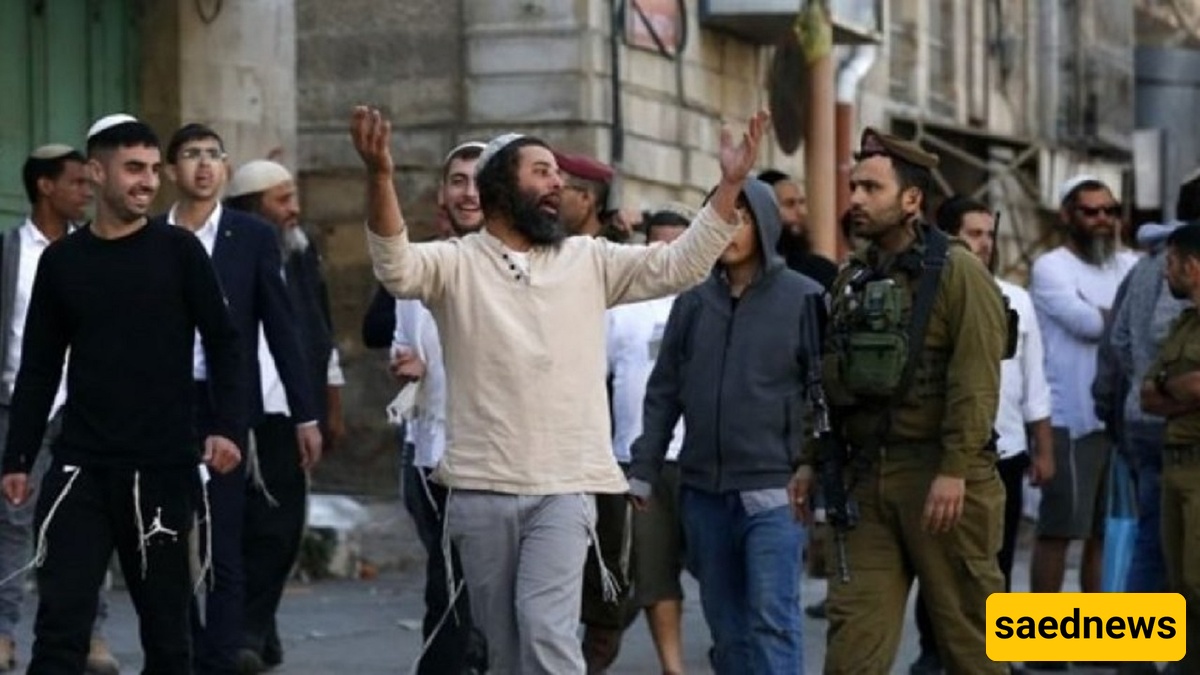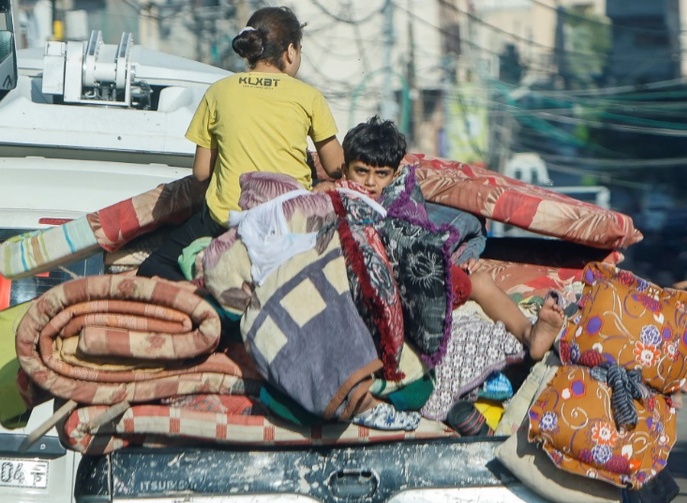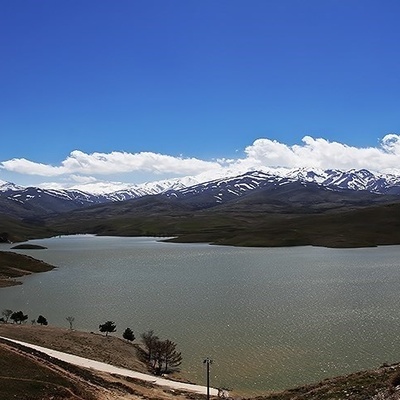SAEDNEWS: In the dusty hills of the West Bank, the silence of the villages is broken daily by the sounds of bulldozers, screams, and alarm bells. A new wave of violence and systematic pressure has put the lives of thousands of Palestinians at risk of destruction.

According to Saed News, quoting BBC, since the beginning of 2025, events in the West Bank have taken on a new and tense form. Reports from human rights organizations and independent journalists indicate that Israeli settlers, with direct or indirect support from security forces, have launched an unprecedented campaign to forcibly expel Palestinians from their lands and homes. This process is accompanied by a noticeable increase in home demolitions, village sieges, and the creation of a permanent atmosphere of fear and instability. In just the first half of the year, over 930 structures in the West Bank and East Jerusalem have been demolished or confiscated, displacing hundreds of families. These figures are not merely statistics but represent shattered lives and memories buried under rubble and dust.

In areas such as Masafer Yatta, settlers establish small but strategic outposts, effectively tightening the siege around Palestinian villages. At night, armed groups patrol roads, stop vehicles, and through threats or direct violence, force residents to leave. During the day, bulldozers and their accompanying workers advance to plow Palestinian farmlands or demolish buildings. Many of these actions occur under the silence or even complicity of the Israeli army, which often hinders residents’ resistance rather than stopping the aggressors.
This situation is not limited to sporadic clashes. According to United Nations statistics, after the events of October 7, 2023, there has been an average of at least four daily attacks by settlers against Palestinians. In 2025, this rate has nearly doubled, with multiple villages sometimes targeted simultaneously. From Ramallah and Nablus to Hebron and the southern regions, a recurring pattern emerges: creating insecurity, cutting off vital resources, besieging, and ultimately enforcing forced evacuation.
Alongside these pressures, settlement expansion continues rapidly. Construction permits for new settler homes are issued, new roads are built, and infrastructure specifically designed for Israeli residents is established deep within the occupied territories. Meanwhile, Palestinians face severe administrative and legal obstacles even to build or rebuild their homes. Many permit requests are denied, and any unauthorized construction becomes an immediate pretext for demolition.
Rural areas are the most vulnerable. Palestinian farmers, who have cultivated the land for generations, today must pass through checkpoints or risk settler attacks to reach their fields. Many choose to abandon their lands because returning home without security guarantees is impossible. These forced migrations gradually dismantle the social and economic fabric of villages and pave the way for full land takeover.
In recent months, large-scale military operations have also been conducted by the Israeli army in various parts of the West Bank. One of the largest, named “Iron Wall,” took place in Jenin and its refugee camp, resulting in the displacement of approximately 40,000 Palestinians. These operations, ostensibly aimed at combating armed Palestinian groups, often cause widespread damage to infrastructure, power and water cuts, and severe restrictions on civilian movement. For many residents, the line between military actions and settler pressures has blurred, with both running parallel and reinforcing each other, making life in these areas harder than ever.
Internationally, this trend has sparked concern and condemnation. Human rights organizations warn that the systematic expulsion of Palestinians and house demolitions may amount to war crimes or even crimes against humanity. However, practical measures to halt this process have been very limited and often end with political statements. Meanwhile, some Western countries, despite expressing concern, continue military and economic relations with Israel, a move critics consider a form of turning a blind eye to reality.
For Palestinians, this means a daily life intertwined with fear and insecurity. Many children in villages cannot attend school due to road closures or security threats. Families go to bed at night worried about possible attacks, and any unexpected sound can signal the start of a raid. Even social ceremonies and gatherings are affected, as small assemblies can serve as pretexts for security forces’ intervention or armed settler attacks.
Amid this, personal stories from victims reveal the depth of the crisis. An elderly man in Masafer Yatta says his house was destroyed within hours, and he didn’t even have time to take family photos. A woman near Nablus recounts how their olive orchard, passed down through generations, is now enclosed by settler fences and surveillance cameras. These stories are only a few among thousands of similar experiences repeated under international silence.
The future of these areas is more uncertain than ever. Current trends indicate the goal is not merely to expand settlements but to completely alter the demographic composition and eliminate the Palestinian presence in large parts of the West Bank. Without effective international pressure and with ongoing current policies, this outlook becomes increasingly real. For many observers, today’s West Bank events echo historical periods where demographic changes came at the cost of displacement and loss of a nation’s heritage.
Ultimately, the ongoing crisis is more than a land dispute; it has become a struggle for the right to live, security, and future. Palestinians in the West Bank stand on the front lines against policies and actions threatening their survival. With each passing day, their options shrink, and the world, although concerned, remains mostly an observer rather than an intervenor. This silence, as much as the bulldozers and armed patrols, forms part of the West Bank’s bitter story — a story still unwritten, but whose course for many residents leads toward forced displacement and loss of their homes and land.

